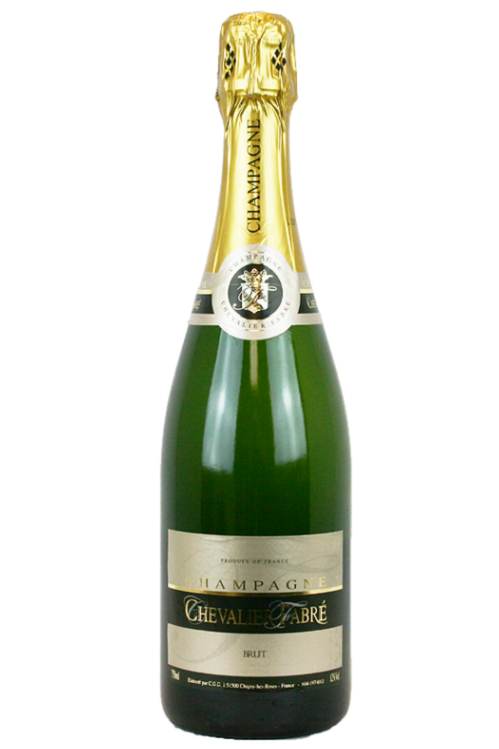Grower Champagne, is the narrative better than the product?
I love this topic! It is somewhat controversial and requires not only knowledge of Champagne but also history. How did we get to where we are today?
In the world of bubbly, maybe even in the world of wine, grower Champagne has become the super cool thing! Out are the Bollingers and the Pommerys with their luxury and expensive marketing, their beautiful and historical maisons and their elaborate guest receiving facilities. In are the Champagnes with unpronounceable hyphenated names, their stance toward the world more akin to small producers in Burgundy than to the Champagne houses. A large number of these growers is found in the Cote de Bars region of the Aube.
Many of the growers used to sell their grapes to the big houses and have now chosen to make wines themselves. What is the benefit you ask? The primary response from the growers and their supporters; importers, wholesalers, retailers and customers is; terroir – that somewhereness of wine I discussed in an earlier blog post. This then is micro terroir, that expression of the unique qualities imparted to the wine by the specific grower’s estate. Ask the same question of the big houses. Essentially their argument is the same - terroir. The houses have the reach, the finances, the relationships and the knowledge to buy grapes or base wines from the growers and to assemble them into blends which will accomplish two goals; maintain a carefully protected “house style” and to faithfully reflect terroir! But this terroir is the overall terroir of the Champagne region, the terroir that faithfully imparts the kind of quality and consistency the Champenoise have worked so diligently to produce and maintain and that allows their customers to have certain very high expectations. If we believe the old adage that blending is the pinnacle of the winemaker’s art, then is not a blend of scores or more individual parcels most likely to produce the best product? This is the view of the large houses.
Let’s discuss another aspect of terroir; the quality of vineyards. Champagne vineyards are generally planted, though not exclusively, to three main grape varieties; Chardonnay, Pinot Noir and Pinot Meunier. Historically, the Pinot Meunier has been considered the least of the three. Entry level house blends tend to have meaningful quantities of Meunier, whereas, with notable exceptions, most luxury blends and vintage wines contain very little if any Meunier. It is generally held, at least by the big houses, to be earlier maturing and less complex. It is interesting to note that many growers have begun to champion Pinot Meunier, using a large proportion in their blends, even 100% in some cases. This is also considered super cool today! Over the years the Champagne vineyards have been classified on a percentage scale, the “Echelle des Crus.” Those vineyards having an echelle rating from 90% to 99% are entitled to call themselves 1’er Cru and those vineyards with an echelle of 100% are entitled to call themselves Grand Cru. The Aube has no 1’er Cru or Grand Cru vineyards. Does this mean that the Aube produces a raft of lesser wines? No, a great deal of excellent wine is produced in the Aube with the large houses buying substantial quantities.
Let us talk of terroir expression. Presuming a producer has an excellent terroir, how is the unique quality of that site reliably transmitted to the wine every year? It can be argued that optimal terroir expression calls for optimally ripe grapes, as little intervention as possible and then gently shepherding the resulting elixir into the bottle. The production of Champagne would seem, at least on paper, to be challenging for terroir expression. Generally grapes are not fully ripe and the Champagne making process is not benign; it is somewhat harsh and certainly includes a considerable amount of manipulation. So is Champagne a good vehicle to show off your unique terroir? Is it even possible? I am not convinced! I don’t rule it out and I love to taste all wine, with Champagne being right up there with my favorites. My “research” thus far leaves me skeptical but in the interest of science and you, dear readers, I soldier on! Until now I find the Champagnes crafted with blends from multiple vineyards across all the regions to offer the best proposition for quality, complexity and style.
Small producers, working with estate vineyards, do have some advantages. They bring passion not only to winemaking but also to grape growing. They have an excellent opportunity to affect the grapes arriving in the cellar. Some of these producers employ organic and even biodynamic viticultural practices, all consisted with the production of fine grapes. It is probably fair to say that growers working with this kind of passion will make fine wine!
So I find myself living in a world of increasing interest in grower champagne, with blends containing high proportions of Pinot Meunier, being encouraged by modern cognoscenti to exchange my flute for a regular wine glass. I look at history and the development of this, the world’s ultimate drink, and I am not convinced. Is it terroir? is it marketing? Where will we be 10 years from now. Of course we’ll be drinking Champagne, but whose?
Want to try a Champagne with a hyphenated name but from and old Champagne house? Click on the bottle below.
Selected by Peter Koff MW
.
Want to receive complimentary educational posts via email?
Please subscribe below.
Copyright © 2018 GreatWine2U.com. All rights reserved.


